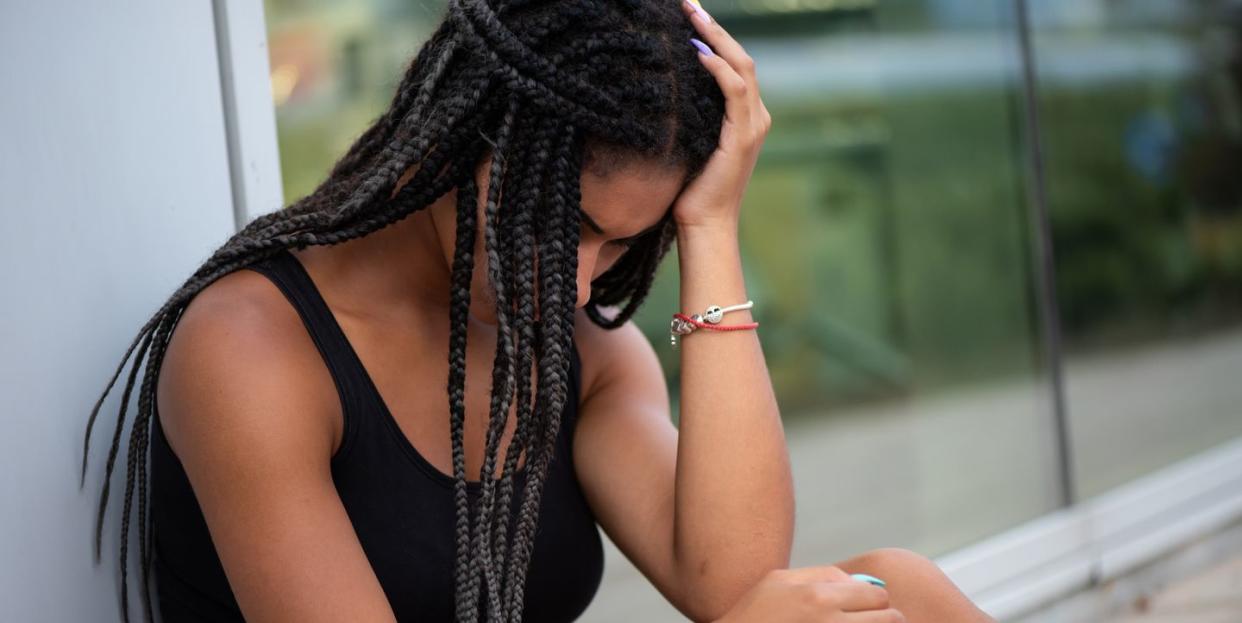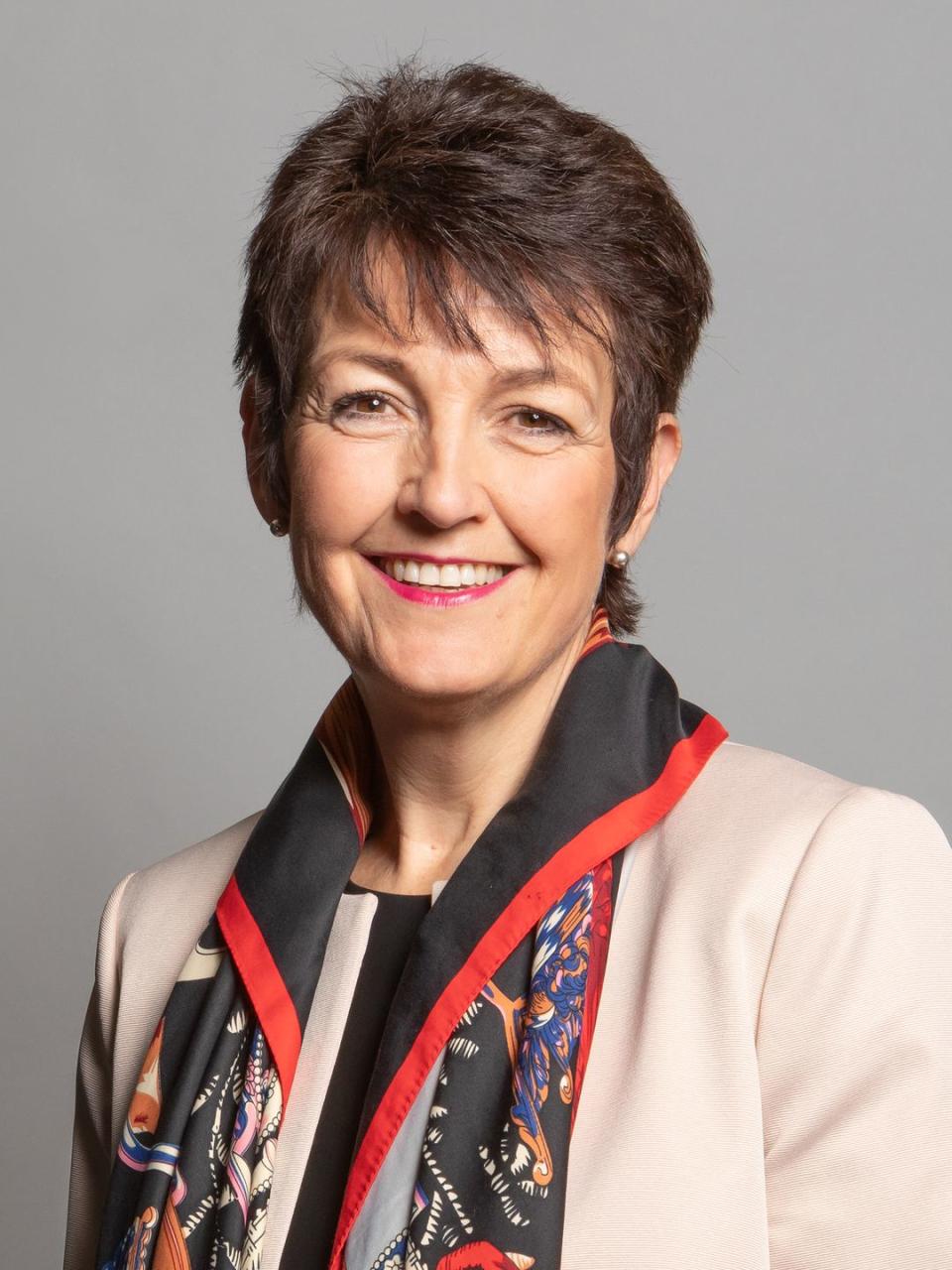Why you should go for your regular cervical cancer screenings

Being diagnosed with cancer is an incredibly scary experience. It can affect any of us, at any time. My whole world was turned on its head when I was first diagnosed with thyroid cancer aged 31, and I was treated again in my mid 40s for breast cancer.
Going to my GP and asking for help the minute I noticed a change in my body arguably saved my life. It meant my cancer was caught quickly before it had time to spread and I was able to get the help I needed to be diagnosed quickly and start treatment.
Sadly, not everyone is as lucky as I have been.
Cervical cancer is the most common cancer in women under the age of 35, but thanks to our incredible NHS, the lives of 5,000 women are saved each year in England by cervical screening. Cervical screening isn’t about testing for cancer; it’s the step before – preventing cancer in the first place.

In this Cervical Cancer Awareness Week, I’m calling on all women to say yes to their cervical screening appointment when invited and get checked. By following two simple steps, all women can make sure they have the best outcome possible, and the NHS can save the lives of even more people.
Two simple steps to take
First and foremost, speak to your GP about any unusual symptoms or concerns, no matter how small or irrelevant you think they are. Have you ever bled between periods or noticed bleeding after sex? Many women may brush aside these symptoms and think they aren’t something to worry about, but for some this can be the first sign of cervical cancer. It is often not until cervical cancer becomes more advanced that you may begin to notice something is not quite right - for example, more severe bleeding and constant pain in your lower back. Even then, many don’t realise that what they’re going through could be cervical cancer. Early diagnosis is the key to better survival rates.
Secondly, when that NHS letter lands on your doorstep inviting you for a regular cervical screening, take up the offer and don’t push it aside. Not all cancers show symptoms and, if they do, they are not always easy to spot early on, or might not come to light until it’s too late. Regular screening is the best way to prevent cancer.
What happens during a screening
If you’re a women aged 25 to 49, you will be invited by the NHS to have cervical screening every three years. For those aged 50 to 64 it is every five years. Cervical screening (more commonly known as a smear test) checks the health of your cervix. During the screening appointment, a nurse or doctor will take a small sample of cells from your cervix to check for certain types of human papillomavirus (HPV) which can cause changes to the cells of your cervix. These are referred to as "high risk" types of HPV. If these types of HPV are not found, you won’t need any further tests until your next check-up. If these types of HPV are found, then more checks will be done to see if you need treatment, before they get a chance to turn into cervical cancer. Simple, straightforward, and a lot less scary than you might think.
There are countless barriers which prevent women from taking up the offer of a screening - from the worry it might hurt, to being embarrassed about the test, or concerns over what the results might show. I want to break down these barriers and empower women with all the information they need to be confident to get this life-saving test.
Screening takes just two minutes of your time, and eight in 10 women say they are put at ease by their respective nurse or doctor, who will typically do everything they can to make you comfortable. The pandemic brings with it added complications; I know some of you may feel uncomfortable coming forward for screening due to the risk of Covid-19 or the pressures it may place on our health service. While the pandemic has put a strain on our health service, let me reassure you that invitations for cervical screening continue to be sent out at pre-pandemic levels with about 89,000 women receiving invitations every week.
Ensuring equal access to screenings
All women, regardless of their race, religion or any disabilities, should have equal access to cervical screening. One of my top priorities is working closely with the NHS to ensure we are reducing cervical screening inequalities up and down the country.
A massive part of improving access to cervical screening for all is recognising that no two women have the same lifestyles, so we’re making it easier for women to get checked in different ways. More than half of women in England are now benefiting from cervical screening appointments on weekends and in the evenings so they can fit their appointments around their schedule.
In February this year, our NHS launched the ‘YouScreen’ trial, allowing for up to 31,000 women living across London to benefit from taking their own samples for cervical screening, obtained from the comfort of their homes. This trial could potentially lay the foundations to expand this across the country in the future, making it even easier for busy women to get checked.
Public Health England also runs a ‘Be Clear on Cancer’ campaign devoted to raising awareness, so we can tackle the barriers women face to accessing screening appointments. Jo’s Cervical Cancer Trust is also doing a fantastic job of providing information on HPV screening, de-mystifying results and raising awareness of the importance of cervical screening. There is no embarrassment: if you have a cervix, get checked.
Ultimately, with my cancers, speaking to my GP saved my life, but the early stages of cancer can often be symptomless, so regular checks are vital. Attending your cervical screening is a simple step and takes just two minutes out of your day - two minutes that could save your life. Our NHS is there to help you work through any concerns preventing you from taking up your offer and I urge you to book that appointment when invited.
You Might Also Like

 Yahoo Movies
Yahoo Movies 
